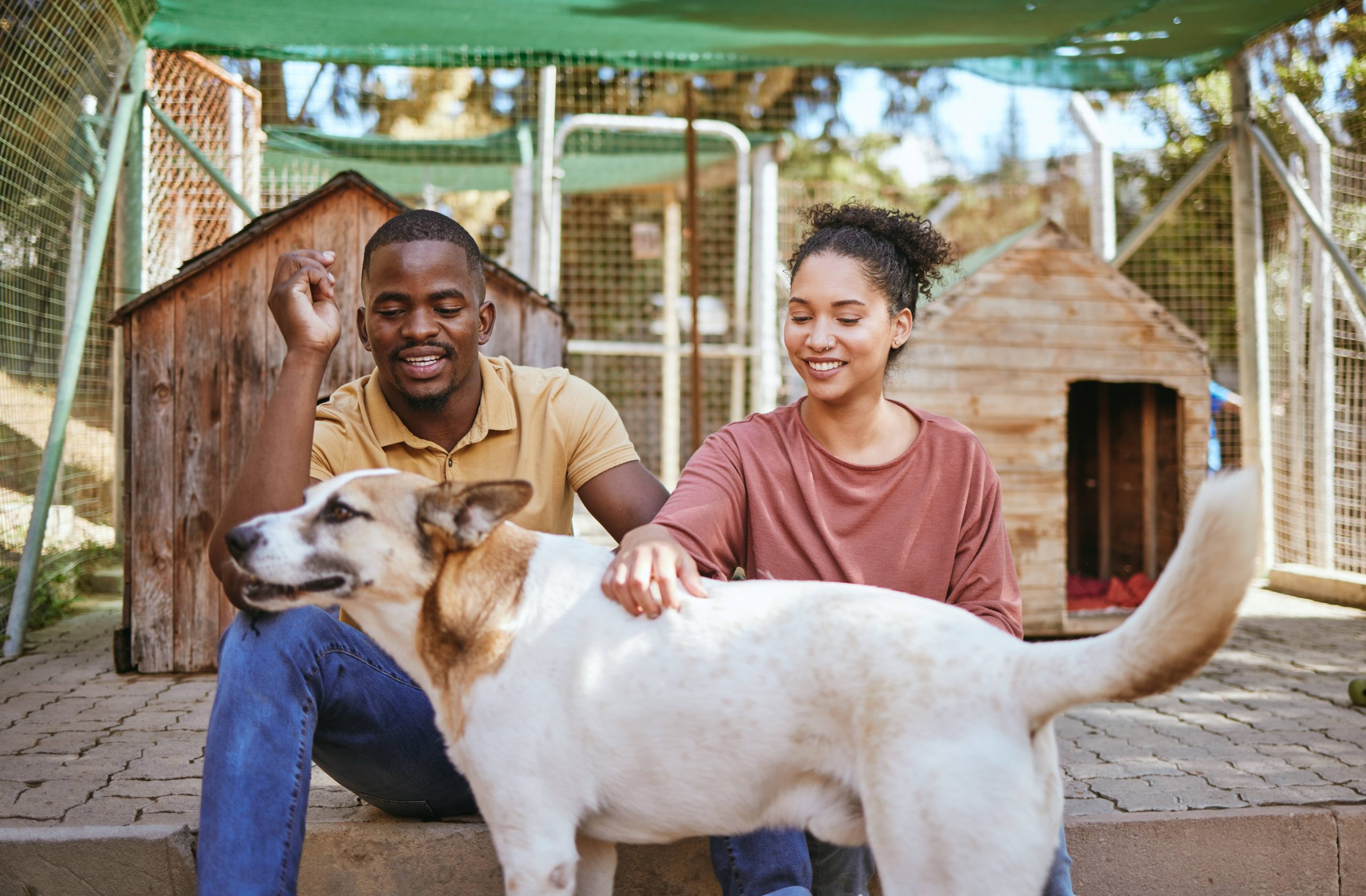
Adopting a pet is a beautiful and fulfilling experience, but it often comes with its own set of challenges. One common issue that many pet owners face, especially when bringing home a rescued animal, is separation anxiety. This condition can be distressing for both the pet and the owner, requiring patience, understanding, and specific strategies to overcome. Understanding how to help an adopted pet with separation anxiety is essential for building a happy, healthy bond with your new furry friend.
Understanding Separation Anxiety
Separation anxiety is a behavioral issue that occurs when a pet experiences extreme distress and anxiety when left alone or separated from their primary caregiver. This condition is prevalent among dogs, but cats can suffer from it too. Signs of separation anxiety may include excessive barking or whining, destructive behavior, attempts to escape, inappropriate urination or defecation, pacing, and even self-harm. For rescued or adopted pets, this anxiety may be heightened due to previous abandonment or traumatic experiences.
Creating a Safe and Comfortable Environment
Creating a safe and comfortable environment is crucial in helping your pet feel secure. Start by designating a specific area in your home where your pet can retreat and feel safe. This space should be equipped with their bed, some toys, and perhaps a piece of your clothing with your scent on it. The familiarity and comfort of this space can help reduce their anxiety. Ensure that this area is not entirely isolated; animals need to feel part of the household, even if they have their quiet corner.
Establishing a Routine
Pets, like humans, thrive on routine. Consistency provides them with a sense of security and predictability, which can significantly reduce anxiety. Establish a daily schedule that includes feeding times, walks, playtime, and bedtime. Try to stick to this routine as closely as possible, even on weekends. Over time, your pet will begin to understand that you always come back after leaving, which can help diminish their anxiety.
Gradual Desensitization and Positive Reinforcement
Gradual desensitization is a technique used to help pets become accustomed to being alone without experiencing distress. Start by leaving your pet alone for short periods, gradually increasing the duration as they become more comfortable. For example, you might step out for a minute, then return and reward them with a treat or affection if they remain calm. Slowly increase the time you are away, always ensuring your pet is comfortable and stress-free before progressing.
Providing Mental and Physical Stimulation
A tired pet is a happy pet. Exercise is a natural stress reliever and can significantly reduce anxiety levels. Make sure your pet receives plenty of physical activity through walks, playtime, and other forms of exercise suitable for their breed and age. Additionally, mental stimulation is equally important. Puzzle toys, interactive feeders, and training sessions can keep your pet’s mind sharp and occupied, leaving less room for anxiety to take hold.
Understanding and Responding to Triggers
Pay close attention to what triggers your pet’s anxiety. Common triggers might include the sound of keys jangling, the sight of you putting on shoes, or particular times of the day. Understanding these triggers allows you to address them directly. For instance, you can desensitize your pet to the sound of keys by picking up your keys without leaving immediately afterward, gradually associating the noise with non-threatening experiences.
Using Calm Commands and Treats
Teach your pet calm commands, such as “stay,” “wait,” and “relax.” Use these commands consistently and reward your pet with treats and praise when they follow them. This helps create a positive association with calm behavior. Additionally, consider using calming treats or supplements designed to reduce anxiety in pets. Always consult your vet before introducing new supplements to ensure they are safe and appropriate for your pet.
The Role of Professional Help
If your pet’s separation anxiety is severe, professional help may be necessary. A certified animal behaviorist or a veterinarian specializing in anxiety issues can provide tailored advice and strategies. Sometimes, medication may be prescribed to help manage severe anxiety, but this should always be a last resort after other methods have been tried.
Being Patient and Compassionate
Helping an adopted pet with separation anxiety requires patience and compassion. Remember that this process takes time, and setbacks can occur. Consistency and positive reinforcement are key. Celebrate small victories and continue working towards creating a stress-free environment for your pet.
Conclusion
Dealing with separation anxiety in adopted pets can be challenging, but the rewards are immense. By creating a safe environment, establishing a routine, and employing techniques such as gradual desensitization and positive reinforcement, you can help your pet overcome their anxiety. Remember to provide plenty of physical and mental stimulation, understand their triggers, teach calm commands, and seek professional help if needed. Most importantly, approach the situation with patience and compassion, knowing that you are working towards a stronger, more trusting bond with your new furry family member. Your effort and dedication will not only ease their anxiety but also pave the way for a happy and harmonious life together.






